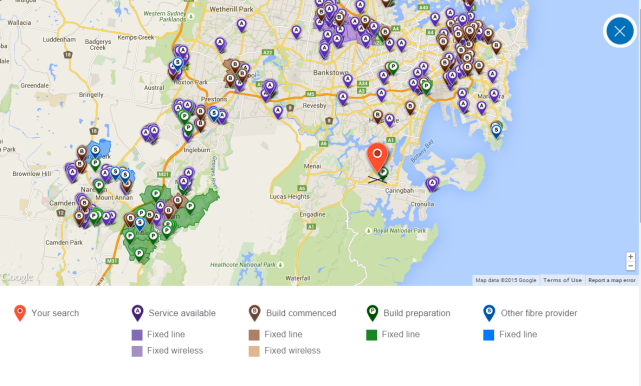
(Image sourced from: http://livinginthesun.info/portugal-vs-england-the-cinemas/)
This week there wasn’t really anytime, nor any movie I actually wanted to see at the cinemas. This is due to the fact that my cinema experience is something that I value and make an effort for. Depending on the time of the day, I would normally get a meal before or after the movie, have it pre planned, and also go with people I enjoy spending time with. And for this reason, it doesn’t fit into my schedule this week.
Hagerstrand identified three constraints that acknowledged the way that social planning works. I thought about these things whilst I made my decision about going to the cinemas and they consisted of capability, coupling and authority. In the area in which I live, it’s a 3 minute drive or about a 10 minute walk from the cinemas so I am not limited on this dimension. But there are external constraints that can limit this ability such as the weather; if it is raining, I have no way of getting there. The coupling aspect entails my ability to get there at the right time and possibly meet up with a group of friends. But most of us work or go to University so finding a time that best suits everyone can be difficult. As I live close and the cinema was refurnished and renovated this year, it is popular, meaning that at many times of the day, there would be a movie available for me to see. As a person of 19 years of age and my ability to interact in the public sphere, I do have the authority to attend the cinemas; I just choose not to be unless there is a movie worth watching. But if I wanted to see a movie with my younger sister who is 13, this may not be possible due to age constraints on certain movies.
According to the Australian bureau of statistics, In 2013-2014, more than 12 million people in Australian went to the cinemas. In a survey, cinemas rated the highest of event venues to attend as it is seen as an activity that most people enjoy (90% of people surveyed agreed to this) (ABS, 2011). It is seen that ever though the cinemas are popular, attendance rates decline with age. 94% per cent of people aged 18-24 years attended the cinemas in the past 12 months and only 37% of people aged 75 years and over.
An article by the ABC noted the competition with cinemas and online media streaming services such as Netflix. It was stated that some people just love going to the cinemas, and nothing can change that. This is a social experience, shared with complete strangers all as a joint group with the same purpose of watching a film. It is an experience that you just can’t receive at home at a computer or television.
So what’s my view in cinema attendance in the next 5-10 years? I think people will continue going as they are now. It may decrease a little but the cinema is an experience that you can share with people that you know personally or may be completely unacquainted with. It is a shared collective experience that you can use to create memories and with this, I think people will continue to go to the cinemas.
References
Australian Bureau of Statistics, http://www.abs.gov.au/ausstats/abs@.nsf/latestProducts/4114.0Media%20Release12013-14
Australian Bureau of Statistics
http://www.abs.gov.au/ausstats/abs@.nsf/Products/4172.0.55.001~March+2011~Main+Features~Cinema+Attendance?OpenDocument
Rosso, J. D 2015, A new golden age: how cinemas are surviving in the age of Netflix, ABC, 9 April, viewed 30 August 2015. http://www.abc.net.au/radionational/programs/finalcut/are-cinemas-dying/6377650




